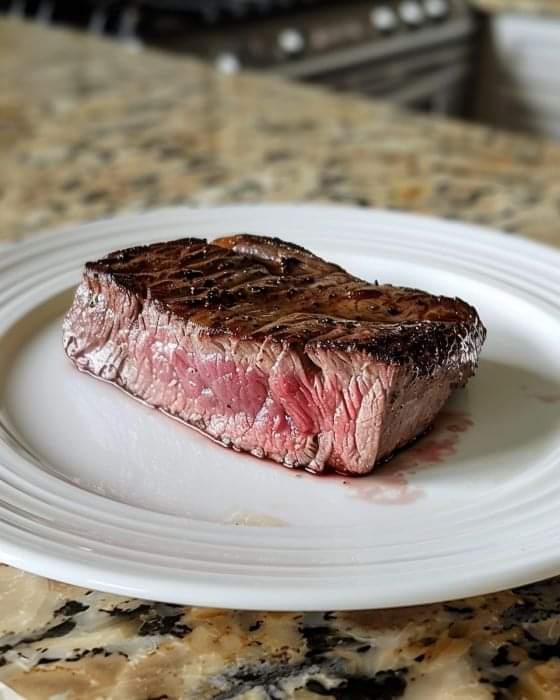Cooking a steak to perfection is an art form that ignites passionate debates among culinary enthusiasts. It can be a topic that brings people together or sparks heated discussions. This is particularly true when it comes to determining the perfect doneness of a steak. Some prefer it rare, others medium-rare, and some like it well-done. The significance of this topic lies not only in the sensory experience of enjoying a perfectly cooked steak but also in the emotional connections and memories we share around the dinner table.
Disagreements on steak doneness can be subjective, often influenced by personal preferences and experiences. Before diving into the specifics of what constitutes a medium-rare steak versus an undercooked one, let’s explore why understanding these differences can enhance your culinary skills and dining experience. Keep reading to discover insights that may resolve your differences and elevate your next steak dinner to new heights.
Understanding Doneness Levels:
1. Rare:
A rare steak is cooked very briefly, leading to a cool red center. It has the highest moisture content and a slightly metallic taste due to its low internal temperature.
2. Medium-Rare:
A medium-rare steak is our focal point. It has a warm red center, with the meat reaching an internal temperature of about 130°F to 135°F. It strikes a balance between tenderness and flavor.
3. Medium:
A medium steak has a warm pink center, reaching an internal temperature of 140°F to 145°F. It’s a good compromise for those who want some pink but prefer a bit more doneness.
4. Medium-Well:
This steak is mostly brown with a slightly pink center. It reaches an internal temperature of 150°F to 155°F, catering to those who prefer less moisture.
5. Well-Done:
Well-done steaks are cooked thoroughly, reaching an internal temperature of 160°F and above. They are uniformly brown throughout, often sacrificing tenderness for doneness.
Tools and Techniques:
1. Meat Thermometer:
The most reliable way to ensure steak doneness is to use a meat thermometer. Insert it into the thickest part of the steak for an accurate reading.
2. Touch Test:
For those without a thermometer, the touch test can be useful. Compare the firmness of the steak to different parts of your hand. For example, the feeling of a medium-rare steak is similar to touching your thumb to your middle finger.
3. Resting Time:
Allow the steak to rest after cooking to let the juices redistribute. This can affect the perceived doneness as the steak continues to cook slightly even after it’s removed from the heat source.
Communicating Preferences:
1. Clear Communication:
Expressing your steak preference clearly when ordering at a restaurant or cooking at home can avoid misunderstandings.
2. Visual Cues:
Developing an eye for the color and texture of steak at different doneness levels can be helpful. Visual guides or photos can serve as good references.
3. Trial and Error:
Cooking steak to your ideal doneness takes practice. Don’t be afraid to experiment with different techniques and cooking times.
In conclusion, the debate over steak doneness is a flavorful one, often laden with personal preferences. By understanding the different levels of doneness, utilizing the right tools and techniques, and communicating your preferences effectively, you can enhance your culinary experience. So, whether you and your sister finally see eye to eye or maintain your unique tastes, the journey to the perfect steak is a delicious adventure worth savoring.
